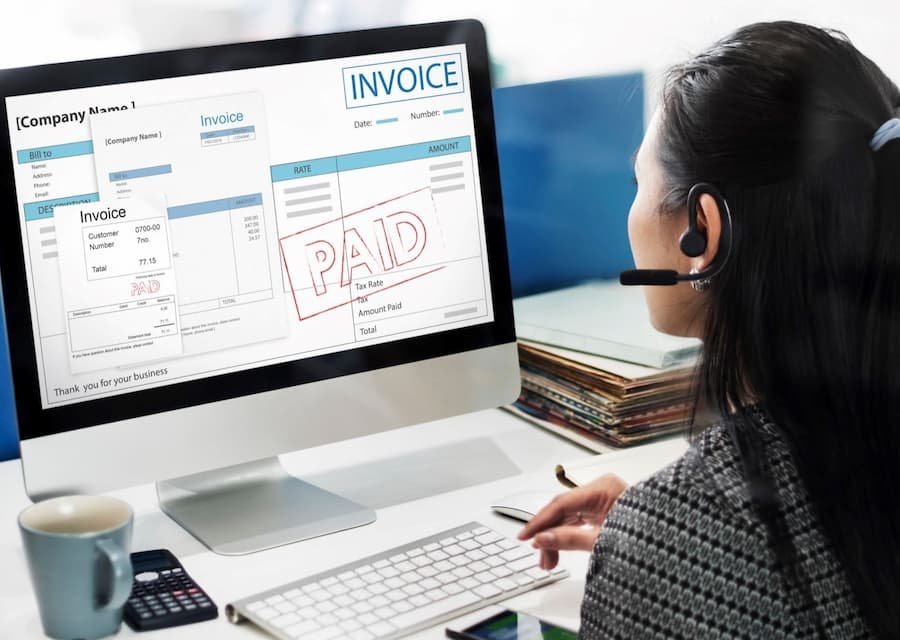Inconsistencies in business documents can significantly damage your company and lead to financial losses. To avoid it, you should regularly organize an invoice verification process. This way, you make sure that all your records are clean and correct, all payments have been received, and you do not owe anything to anyone. Reconciliation of all paperwork can be quite a tedious task. Fortunately, modern business solutions like SaldoInvoice streamline this process.
Invoice Reconciliation Meaning
The term “reconciliation” implies the verification of two objects. So, what does reconciling invoices mean? It means an accounting process where you need to compare the data of incoming and outgoing bills with entries in bank statements. For each customer or order, you need to generate payment documents. Accordingly, for each of these files, you should receive payment.
If you have many clients for whom you regularly fulfill orders for goods and services, you probably have lots of this type of paper. Handling a large amount of documentation manually can be time-consuming. Therefore, to make the verification faster, all bills should be created electronically using specialized software and Excel, PDF, or Word template for invoices.
It is not worth neglecting reconciliation. It is a tedious but incredibly useful process. It helps businesses to:
- Find errors. Invoices are files that contain a lot of information. Not surprisingly, you (or your vendors) can make mistakes when creating them. Regular reconciliation helps to identify inaccuracies and typos and correct them promptly.
- Spot scammers. Verification of payment documents and bank statements will help find dishonest clients and, in some cases, your company’s employees.
- Track payments. It is possible to skip unpaid invoices in the data stream inadvertently. Reconciliation helps you identify documents for which compensation has not been received and prevent financial losses.
To have fewer discrepancies during such a large-scale check, you should properly organize processing an invoice for each order and client when you receive or send it.
How to Reconcile Invoices?
Even if you carefully track all submitted and received bills and payments, you should know how to check an invoice and reconcile such papers regularly. Break the whole process down into a few key steps:
- Organize your documents. When processing manually, you should put papers in chronological order. Suppose you have multiple clients, separate files based on orderers. If you use Invoice Maker by Saldo Apps to create invoices, all the docs you generate are stored data-wise in the cloud.
- Identify mismatches. Start comparing documents and bank statements regarding payments. You should reconcile invoices for payment to creditors as well. Pay attention to file IDs, the amounts due, taxes, discounts, fees, and so on.
- Summarize data from all papers. Add up the amounts payable for all invoices for the selected period and compare the result with the bank statement total.
That’s how to check an invoice. After verifying, you need to find out the reasons for discrepancies. If a customer did not pay on time and you missed this point, contact them to request compensation. Also, mismatches may appear since you did not take into account any taxes or fees charged by banks. Check the interest rates of the organizations you interact with.
Reconciliation should be done at least once a month and at regular intervals. Since one of the tasks of this process is to detect fraud, it should be carried out by an employee who is not involved in accounting. While you can do it manually, it’s better to use software to avoid mistakes.
Read also: E-Invoicing – Touchless Way To Bill Your Customers

